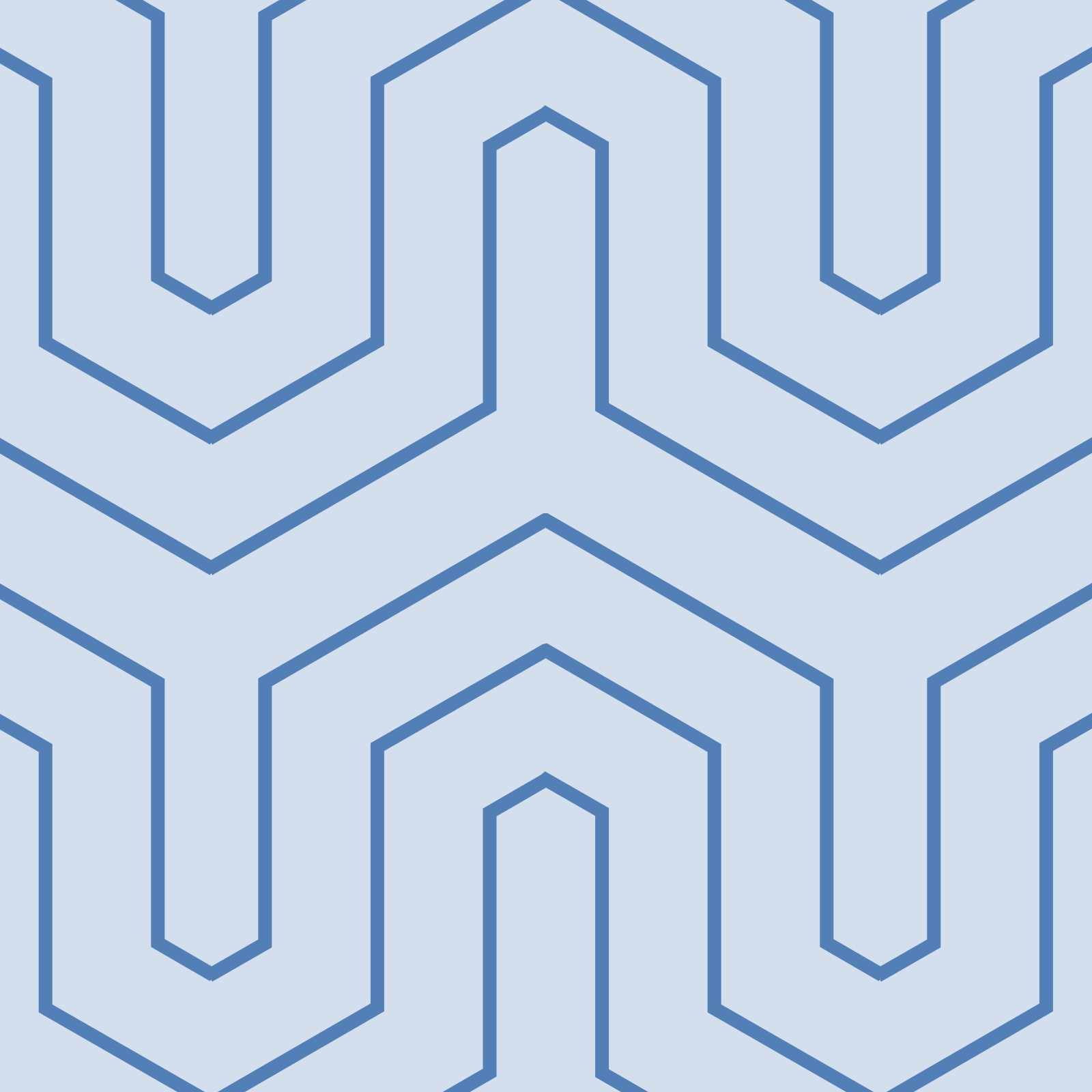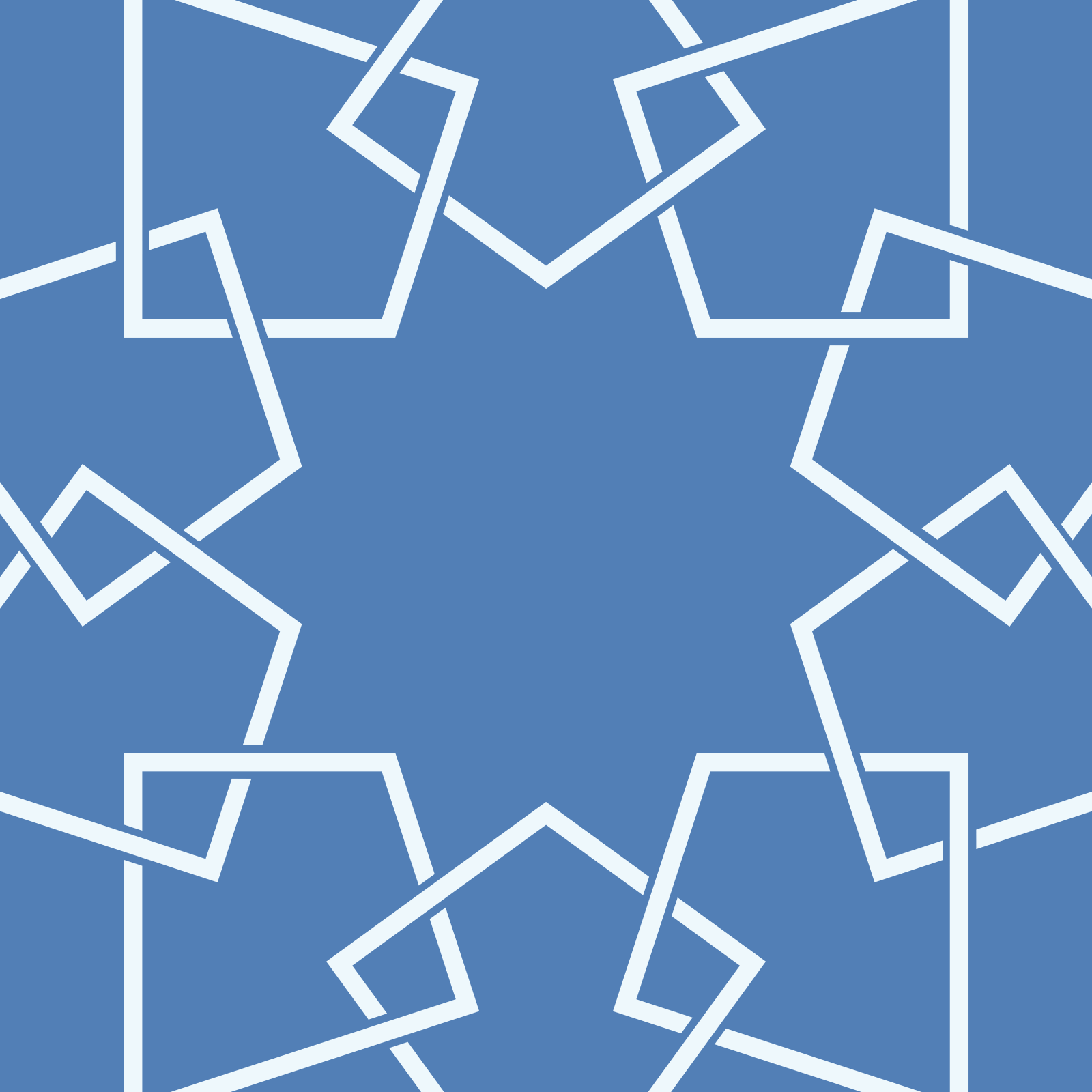Meet Islamic art’s new generation, bridging cultures across the world

Calligraphic design and geometric patterns are integral to Islamic art, and contemporary expressions of these art forms today extend beyond mosques to residential and commercial spaces, museums and art galleries, and even corporate branding and cultural identity, panellists said at a session on the revival of Islamic art and design at the Global Islamic Economy Summit in Dubai on October 11 and 12, 2016.
A Dutch designer living in England, an Arabic calligrapher from China, an American curator and scholar of Islamic art and geometry, an Emirati architect and lecturer, and an Australian creative entrepreneur showcased a wide spectrum of unconventional applications of architecture, geometry and calligraphy.
Dutch educator and author Eric Broug spoke about collaborating with Sharjah’s Nomad Inception to create wooden floors that appear seamless, while Carol Bier, the American scholar mentioned above, detailed an exhibition she is setting up that features seven American artists who use the Islamic visual heritage of calligraphy, floral ornament, geometric patterns and architectural forms on media such contemporary glazed ceramics, woven textiles, paper and wood.
Islamic calligrapher Haji Noor Deen Mi Guang Jiang also showcased his work, which blends the traditions of Chinese and Arabic calligraphy.
He shared examples of his bilingual art, including a calligraphic work that reads “peace” in two languages when read vertically and horizontally.
Speaking via a translator, Haji Jiang spoke of the sophistication of calligraphic techniques. “My philosophy is to combine and fuse the two cultures, Islamic and Chinese. My work is inspired by the Islamic faith but combines traditional Chinese characters and beauty,” he said.
Architect and entrepreneur Ahmed Al Ali said that his projects are based on the philosophy and essence of Islamic art and design. His architecture, he said, is mindful of its environment and minimises its visual impact on the surroundings. His firm, X-Architects, has collaborated with a Swiss company to produce environmentally friendly valves to minimise water usage. They increase the internal energy of water flow but use a small amount of water to clean effectively for wudu.
“We are using so much water five times a day. This does the job with 90 per cent less water. Is that Islamic? Definitely: it has been created for a Muslim practice. And it is good enough to share with the rest of the world as an innovation,” Al Ali said.
Peter Gould, founder of Peter Gould Art and Zileej Innovation, and moderator for the session, said, “A new generation of creative Muslims is exploring different experiences, and there is a flourish of creativity in every pocket of the community, from Istanbul to Indonesia.”
Gould focuses on the development of a new generation of brands, lifestyle products and creative experiences for Muslims. The first range of educational toys and games is due for release in 2017, he said.

United under the umbrella of one religion and its guidelines of visual representations of the world, Islamic art and design bring together cultures across many countries. “It’s a multiplicity of cultural heritage that extends to all continents of the world,” Bier said.
Brought together by the Islamic economy, practitioners are now collaborating to infuse new life into their contemporary work. Broug spoke of working with an Indonesian designer to make batik patterns using Islamic geometric design.
“I started collaborating in 2014 with Nur Zahra, a modest-fashion brand in Jakarta. I’ve a special connection with Indonesia, since I grew up there. I thought we could do something together in batik. I supplied the patterns; they interpreted and applied them,” he said.
The idea of building bridges and fostering mutual understanding was one of the dominant themes of the session. Bier spoke of her work with students in the US and around the world, including Abu Dhabi. “In the context of schools, studios and universities, art is a tool for education, understanding, opening minds and starting conversations. It brings the diverse American public a renewed understanding of its rich cultural heritage,” she said.
Haji Jiang spoke of the great potential of Islamic art and how it is thriving due to interest from young people. “In China, I have thousands of students studying Arabic calligraphy with me. In the future, there will be more of these students because of social media and advances in technology and in teaching methods. We are sharing beauty and positive energy.”
Inviting audiences from across the world to learn Arabic calligraphy from him, Haji Jiang said, “When I teach Arabic calligraphy worldwide, it’s free. You can come to China to study with me, but you will have to pay for your ticket!”

Shalini Seth, Media ME